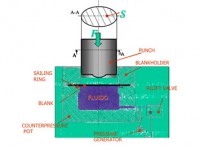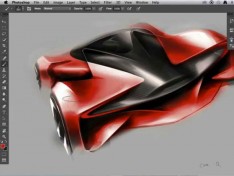Introduction to the Hydroforming Processes

Abstract/Summary
To try to answer some of the most important global demands of current designs, such as economic efficiency of technical solutions, careful handling of energy and raw materials, optimized work-piece properties innovations in processes and approaches, near to more conventional solutions, are developed. Moreover it is to consider that the increasing technological demands concerning the function of products, for instance in structural parts of cars, in medical instruments or in household hardware, are further reasons for increasing difficulties in the production of more complex work-piece geometries. At last it is to consider that consumer behaviour is changing: the trend is going away from mass-production articles towards the more custom made products; in fact, if the low-cost production of mass-products has in the past always been in the foreground, today new processes are being developed, which are making the economical small-lot production of custom-made products possible.
Conventional sheet metal forming processes will not be able to meet these varieties of demands and new manufacturing technologies, such as Hydroforming, using fluids as a replacement or support of rigid tools, could prove to be more flexible and efficient: this would enable the production of distinctly more complex component shapes with high surface quality and optimized structural properties. This will lead to a completely new category of sheet metal formed parts, made of sophisticated materials, produced in only one manufacturing process, offering new prospects for light-weight constructions and for cheaper products taking care of the environment.
All working media based methods can be classified into groups according to:
- the working media role (punch or die);
- the blank-holder presence or absence;
- the form of contact between the work-piece and the working media (direct or indirect).
So it is clear that by combining all the previous possibilities, the number of potential versions increases.




 share on Buffer
share on Buffer

